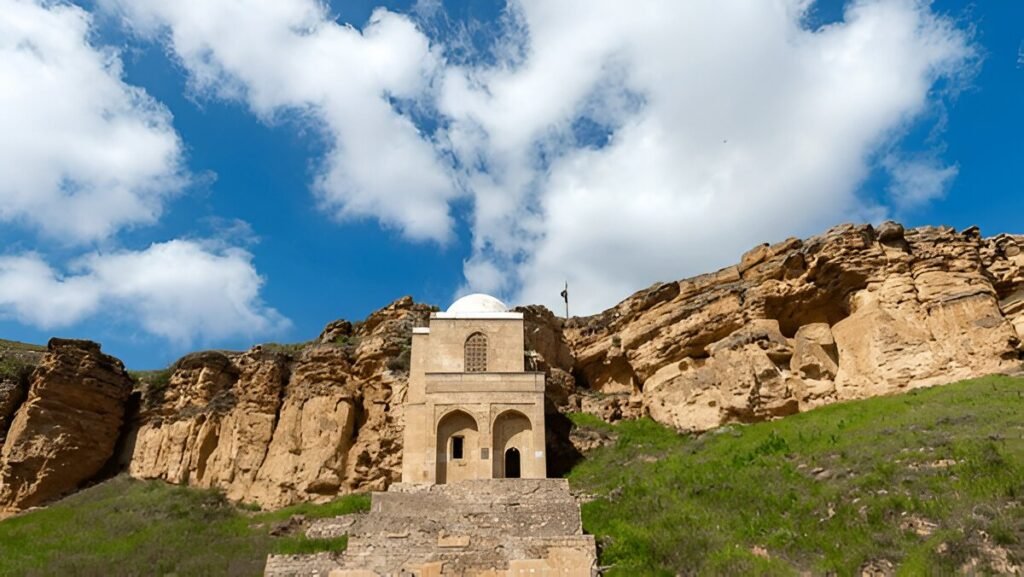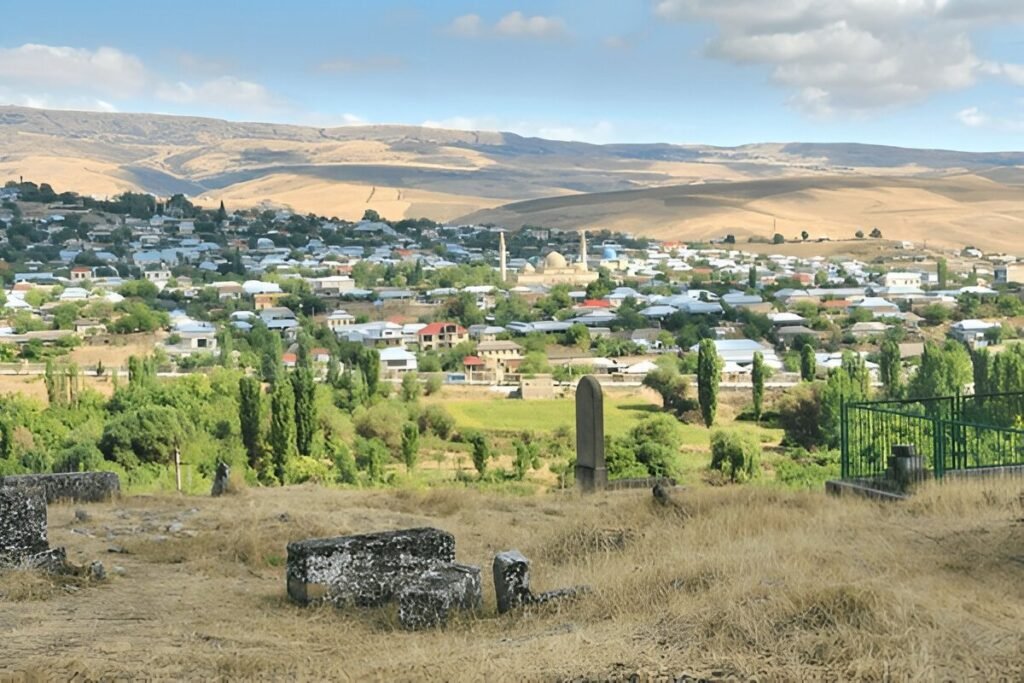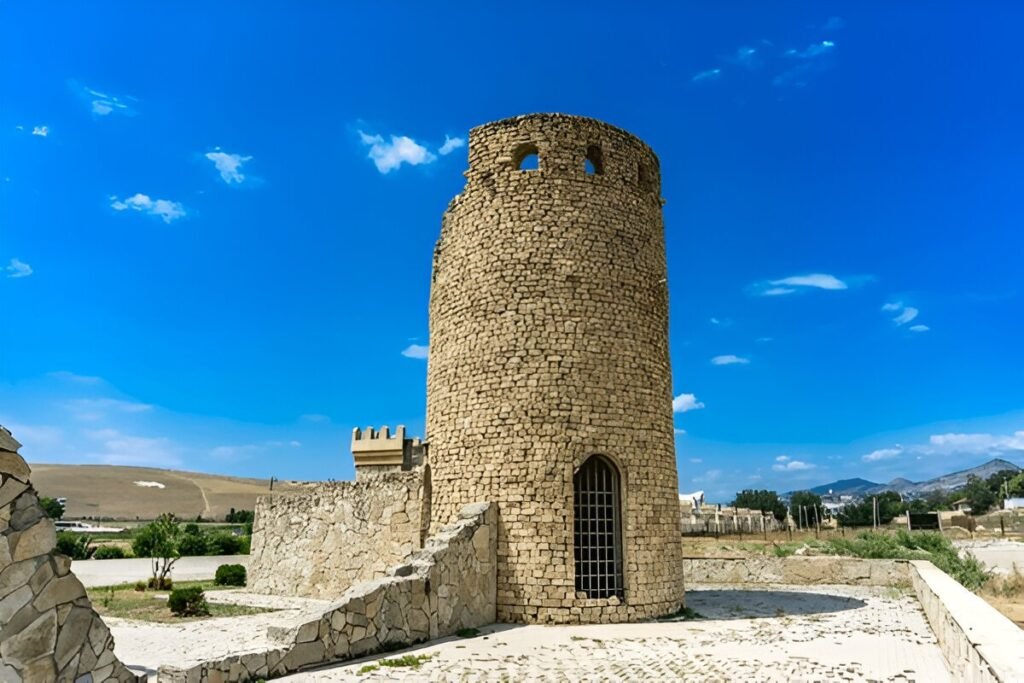Introduction
Nestled in the heart of Azerbaijan, Shamakhi is a city that boasts a rich historical legacy and a thriving winemaking tradition. As one of the country’s most ancient settlements, Shamakhi has witnessed the rise and fall of empires, contributed significantly to Azerbaijani culture, and become a focal point for wine tourism. For travelers seeking a blend of history, natural beauty, and world-class wine, Shamakhi offers an unforgettable experience.
A Glimpse into Shamakhi’s History
Shamakhi’s history stretches back over 2,500 years, making it one of Azerbaijan’s oldest cities. Once the capital of the Shirvanshahs, a powerful dynasty that ruled the region for centuries, Shamakhi was a center of political, cultural, and economic influence. The city was a hub for trade along the Silk Road and a melting pot of diverse cultures, which is evident in its historical landmarks.
One of Shamakhi’s most notable historical sites is the Juma Mosque, built in 743 CE. This mosque is one of the oldest in the Caucasus and stands as a testament to Islamic architecture in the region. Despite enduring numerous earthquakes, the mosque has been restored multiple times and remains a symbol of Shamakhi’s resilience.
Another significant landmark is the Seven Domes Mausoleum, a burial ground for members of the Shirvanshah dynasty. This site, with its stunning hilltop location, offers panoramic views of Shamakhi and its picturesque surroundings.
Shamakhi’s Natural Beauty

The city’s location amidst the lush landscapes of the Greater Caucasus mountains makes it a haven for nature lovers. Rolling hills, verdant meadows, and serene forests surround Shamakhi, creating a perfect setting for outdoor activities. The nearby Pirgulu Reserve, home to diverse flora and fauna, attracts visitors with its pristine beauty and opportunities for hiking and picnicking.
One of the region’s most captivating natural attractions is Maraza Canyon, a geological marvel with striking rock formations and scenic vistas. A trip to this canyon allows travelers to immerse themselves in Shamakhi’s unique natural heritage.
The Rise of Shamakhi as a Wine Hub

While Shamakhi’s historical significance is well-known, its reputation as a wine hub is gaining global recognition. The region’s favorable climate, fertile soil, and centuries-old viticulture traditions have laid the foundation for a thriving wine industry.
A Historical Perspective on Winemaking
Winemaking in Azerbaijan dates back thousands of years, and Shamakhi has been at the forefront of this tradition. Archaeological findings suggest that winemaking in the region began as early as the Bronze Age. Over time, local communities perfected their craft, producing wines that became a hallmark of the area.
During the Soviet era, wine production in Shamakhi was industrialized, but the focus on quality diminished. In recent years, however, the region has undergone a renaissance, with modern wineries combining traditional methods with advanced techniques to create exceptional wines.
Shamakhi’s Modern Wineries
One of the standout wineries in Shamakhi is the Meysari Winery, a state-of-the-art facility that champions organic winemaking. Located amidst scenic vineyards, the winery offers guided tours, tastings, and insights into the winemaking process. Meysari’s wines, crafted from indigenous grape varieties like Madrasa, have gained acclaim for their distinct flavors and quality.
Another notable establishment is the Shirvan Wines, which combines ancient Azerbaijani winemaking traditions with contemporary practices. Visitors can explore the winery’s cellars, sample a range of wines, and enjoy the breathtaking views of the surrounding countryside.
The Madrasa Grape: A Regional Treasure
One of Shamakhi’s most prized contributions to Azerbaijani viticulture is the Madrasa grape, an indigenous variety named after the village of Madrasa in the region. Known for its deep red color and robust flavor profile, Madrasa is used to produce some of Azerbaijan’s finest red wines. This grape variety thrives in Shamakhi’s terroir, adding to the region’s appeal as a wine destination.
Wine Tourism in Shamakhi

For wine enthusiasts, Shamakhi offers an immersive experience that goes beyond mere tastings. The region has embraced wine tourism, providing visitors with opportunities to explore vineyards, learn about winemaking traditions, and indulge in culinary delights.
Wine Tours and Tastings
Many wineries in Shamakhi offer curated wine tours that include vineyard walks, cellar visits, and guided tastings. These experiences allow visitors to appreciate the nuances of local wines while learning about the history and culture of Azerbaijani winemaking.
Some tours also include food pairings, where traditional Azerbaijani dishes are served alongside wines, creating a harmonious blend of flavors. From succulent kebabs to fragrant plov (pilaf), the region’s cuisine perfectly complements its wines.
Annual Wine Festivals
Shamakhi hosts annual wine festivals that draw visitors from across the globe. These events showcase the best wines from the region, along with live music, cultural performances, and local crafts. The festivals provide a festive atmosphere where wine lovers can celebrate Shamakhi’s rich viticultural heritage.
Exploring Shamakhi Beyond Wine

While wine is a significant attraction, Shamakhi offers much more for visitors to explore.
Cultural Experiences
The city is home to the Shamakhi Astrophysical Observatory, a renowned research facility that offers stargazing opportunities. Nestled in the mountains, the observatory provides a unique chance to explore the wonders of the universe.
Another cultural highlight is the Diri Baba Mausoleum, a 15th-century structure carved into a cliffside. This architectural gem is steeped in history and mystique, making it a must-visit site for history buffs.
Traditional Craftsmanship
Shamakhi is also known for its traditional carpet weaving, a craft that has been passed down through generations. Local artisans create intricate carpets that reflect the region’s cultural identity. Visitors can purchase these handmade masterpieces as souvenirs or gifts.
Getting to Shamakhi
Shamakhi is easily accessible from Baku, Azerbaijan’s capital, located approximately 120 kilometers away. The journey takes about two hours by car, with scenic routes offering glimpses of the countryside. Public transportation options, including buses and shared taxis, are also available.
For those seeking a more immersive experience, guided tours from Baku to Shamakhi often include stops at key landmarks, wineries, and natural attractions.
The Future of Shamakhi

As Azerbaijan continues to promote its tourism industry, Shamakhi is poised to play a central role. The city’s blend of history, natural beauty, and winemaking expertise positions it as a premier destination for travelers seeking authentic experiences. With ongoing investments in infrastructure and hospitality, Shamakhi is set to attract even more visitors in the coming years.
Conclusion
Shamakhi is a city that seamlessly blends the past and the present. Its historical landmarks, natural beauty, and thriving wine culture make it a unique destination that appeals to a wide range of travelers. Whether you’re a history enthusiast, a wine connoisseur, or simply someone looking to explore the charm of Azerbaijan, Shamakhi promises an unforgettable journey.
Plan your visit to Shamakhi and discover why this historical capital and wine hub is one of Azerbaijan’s most treasured gems.












